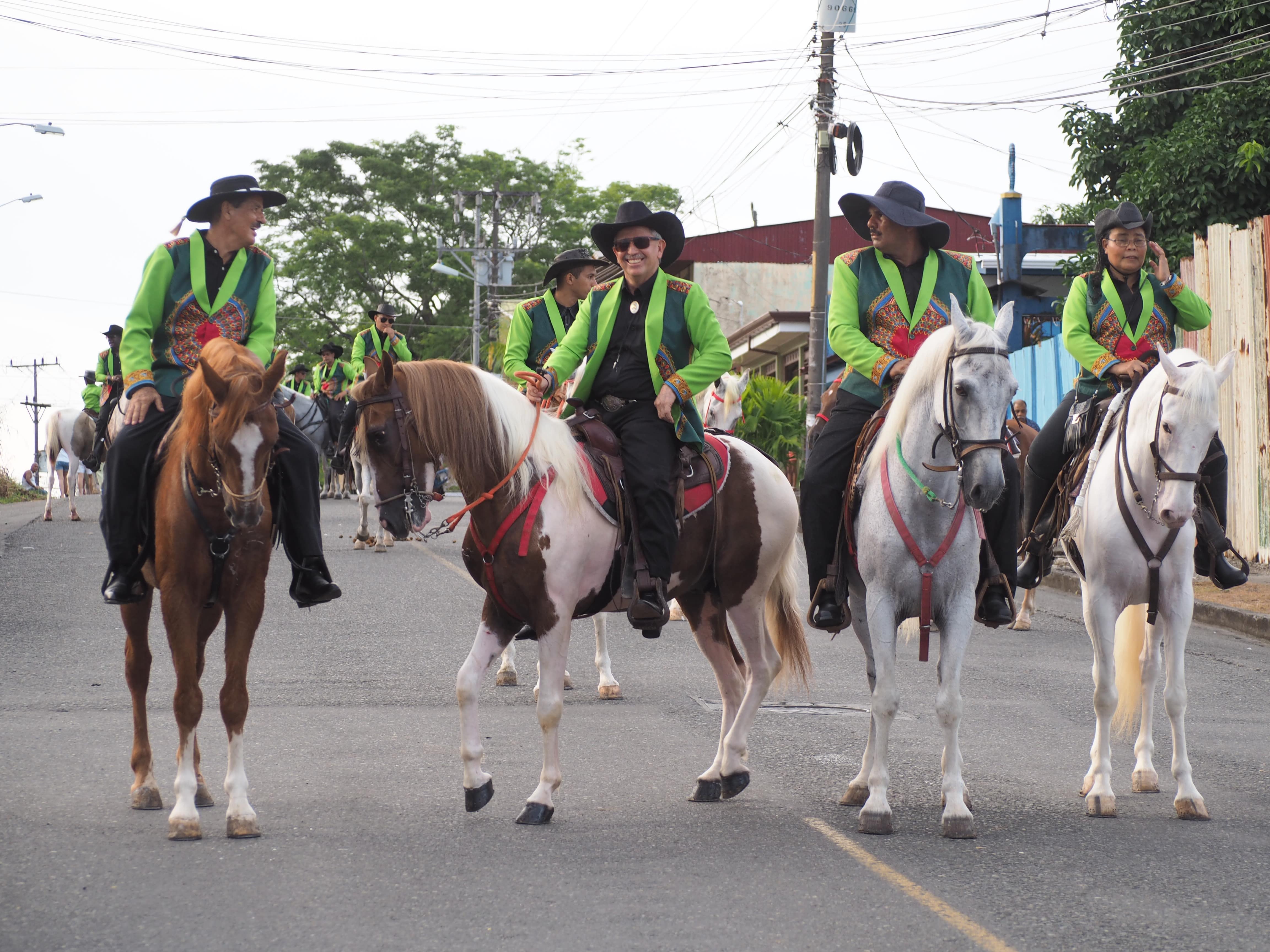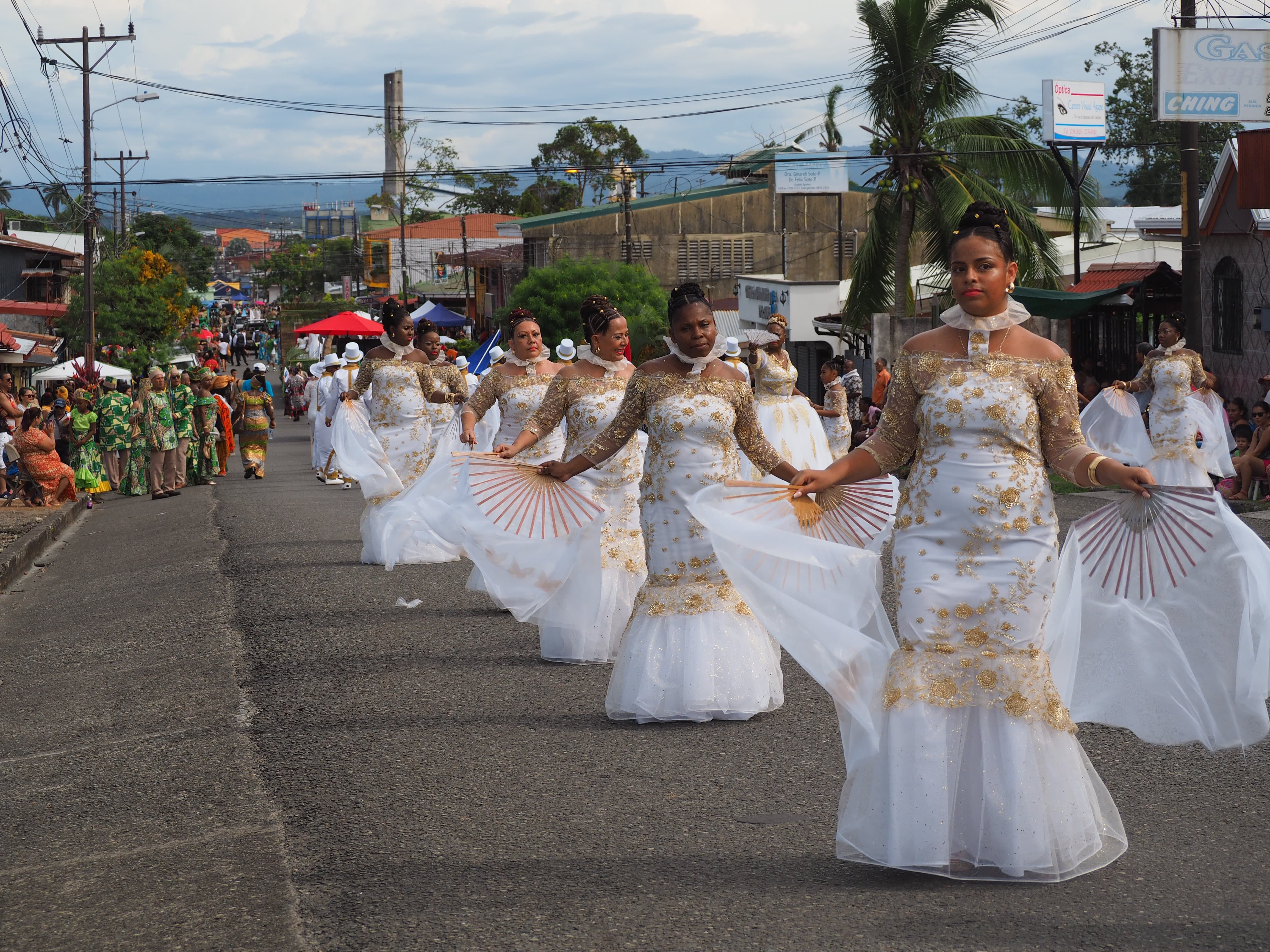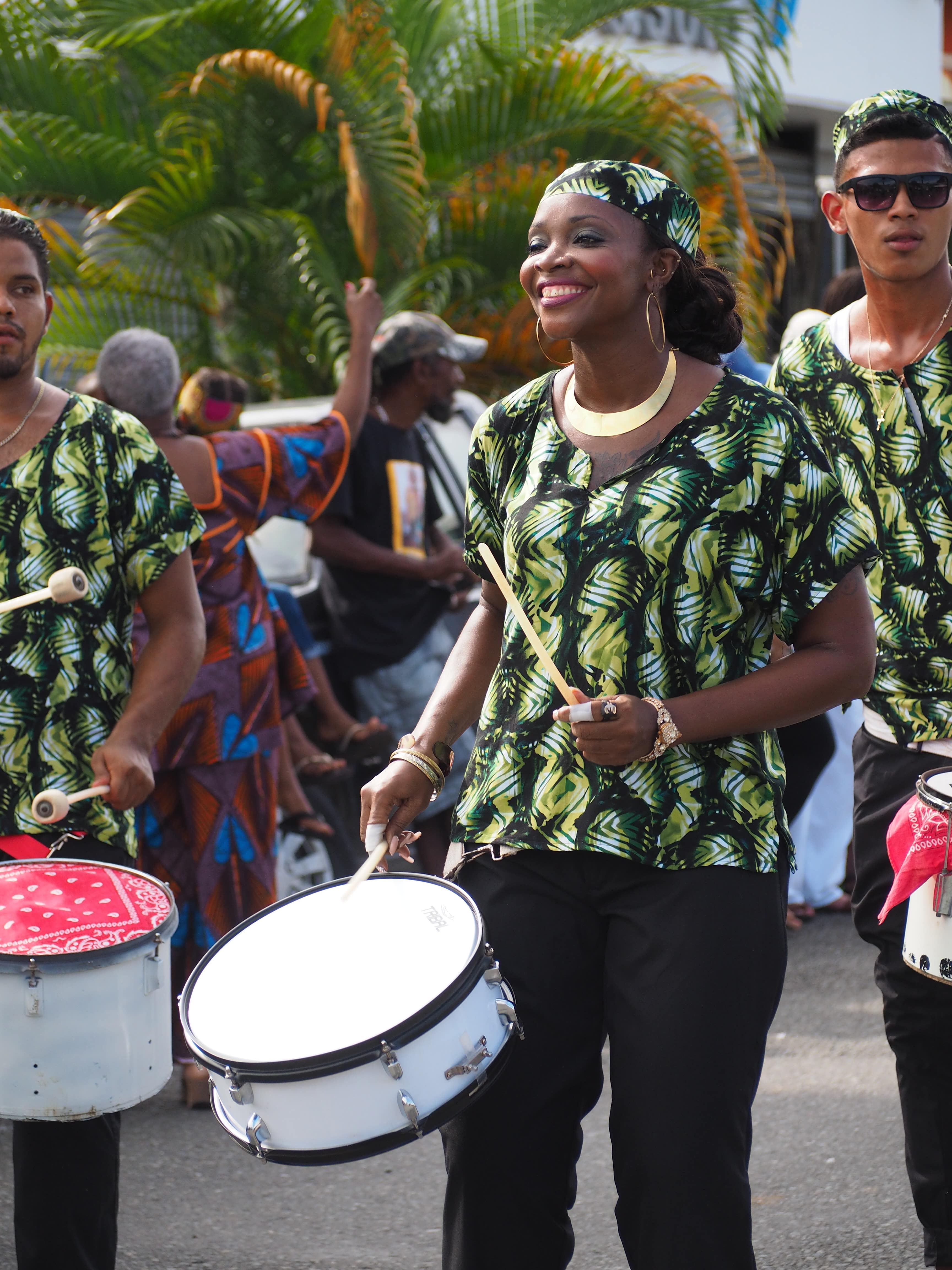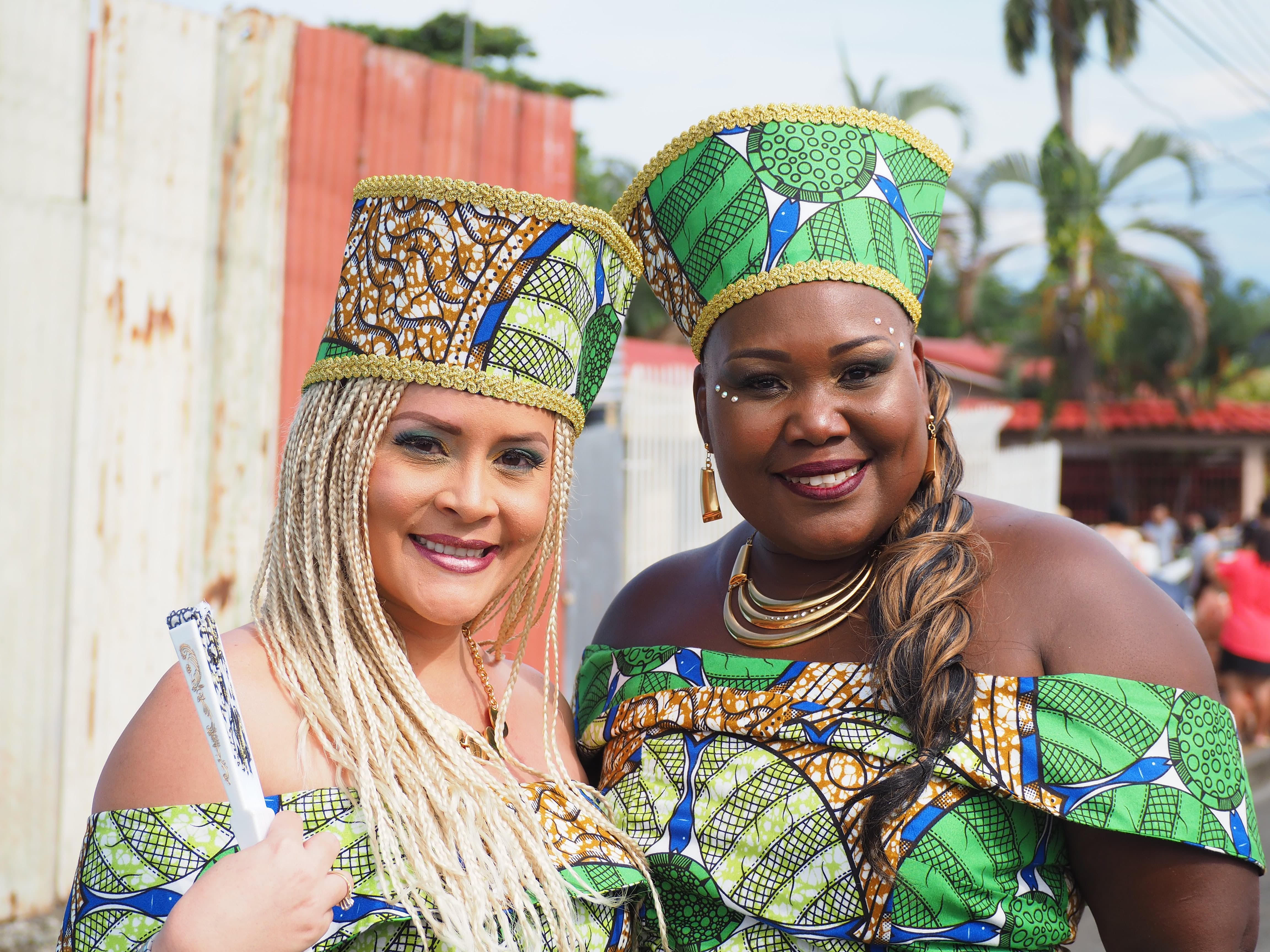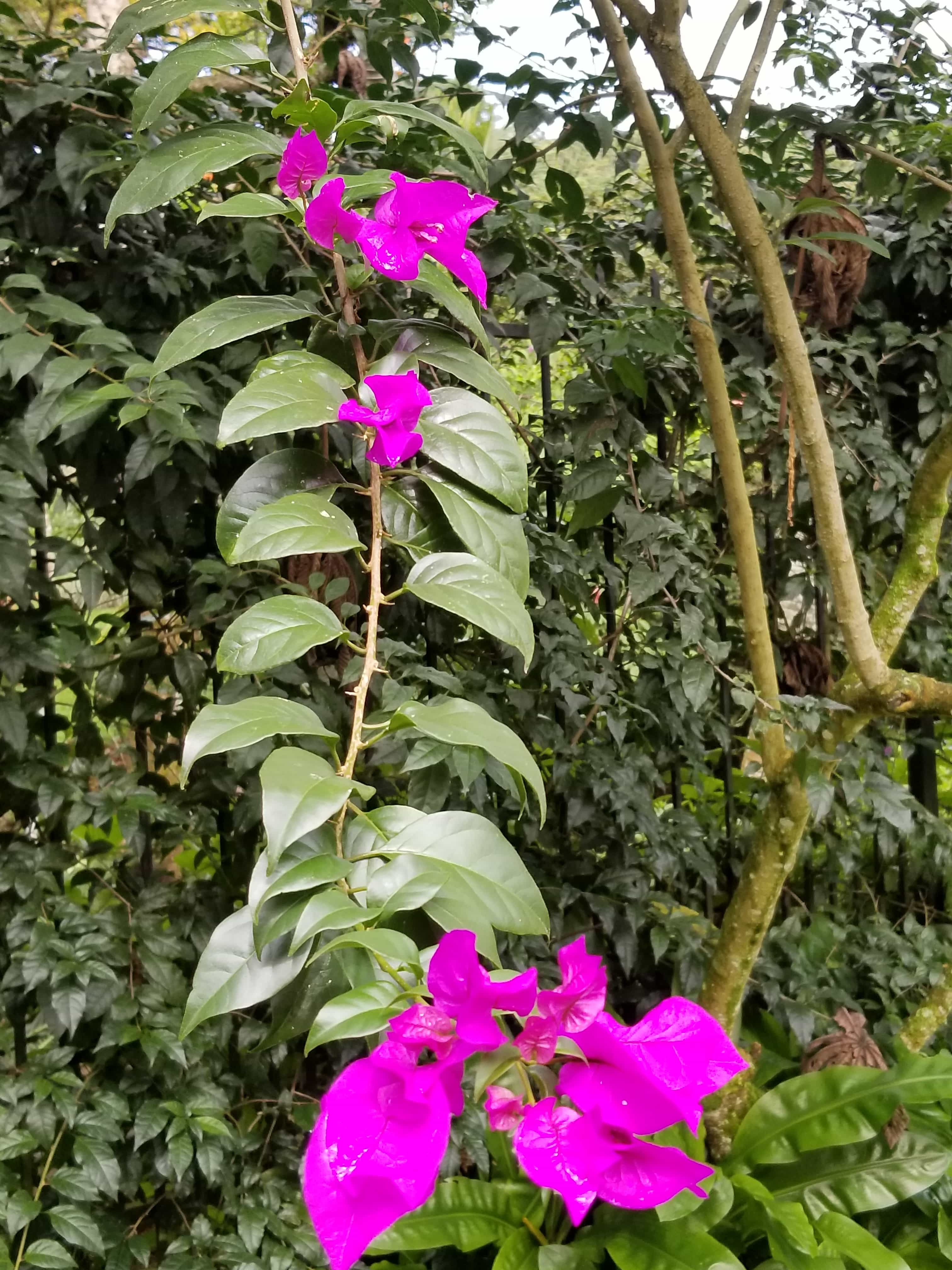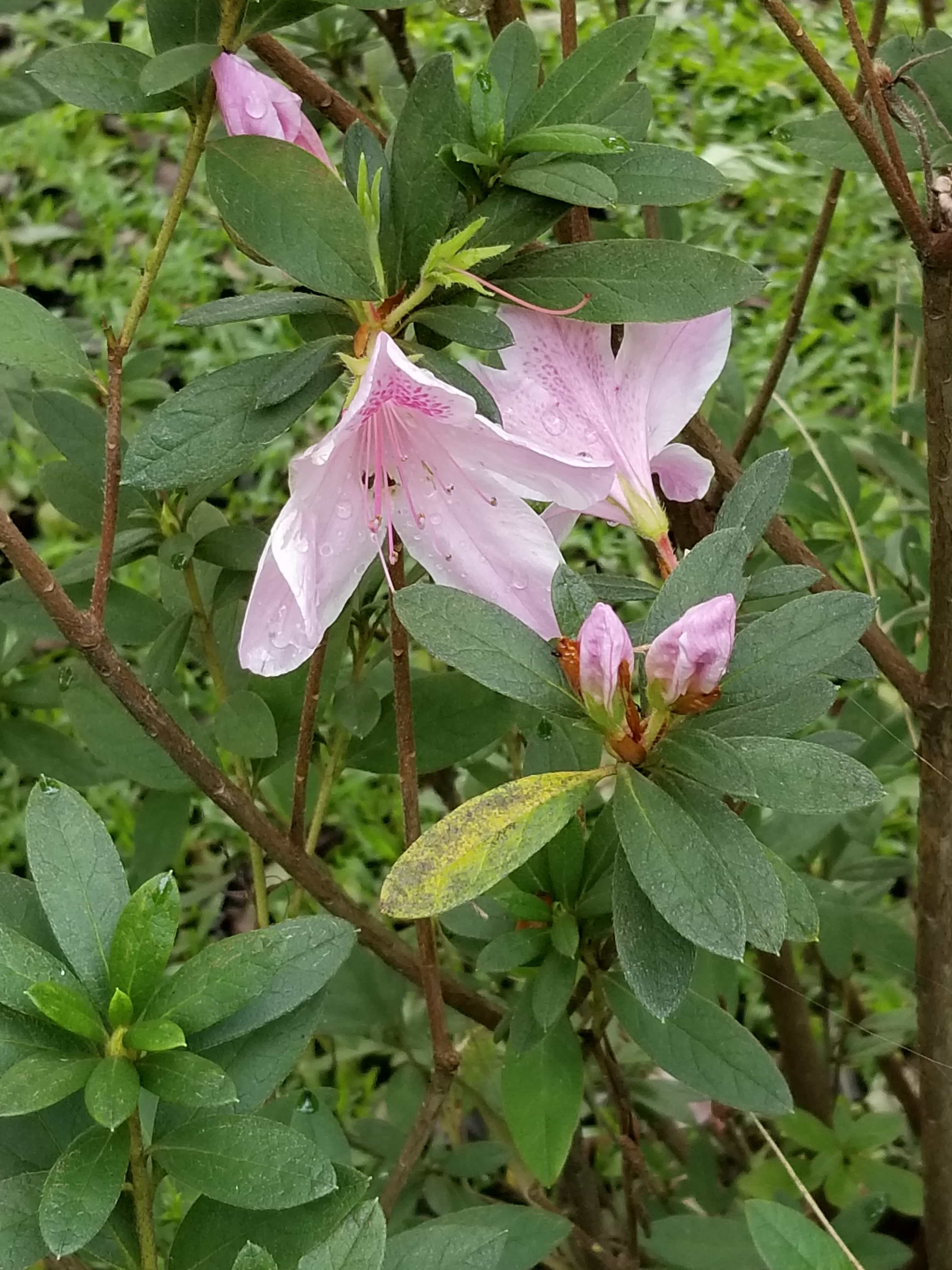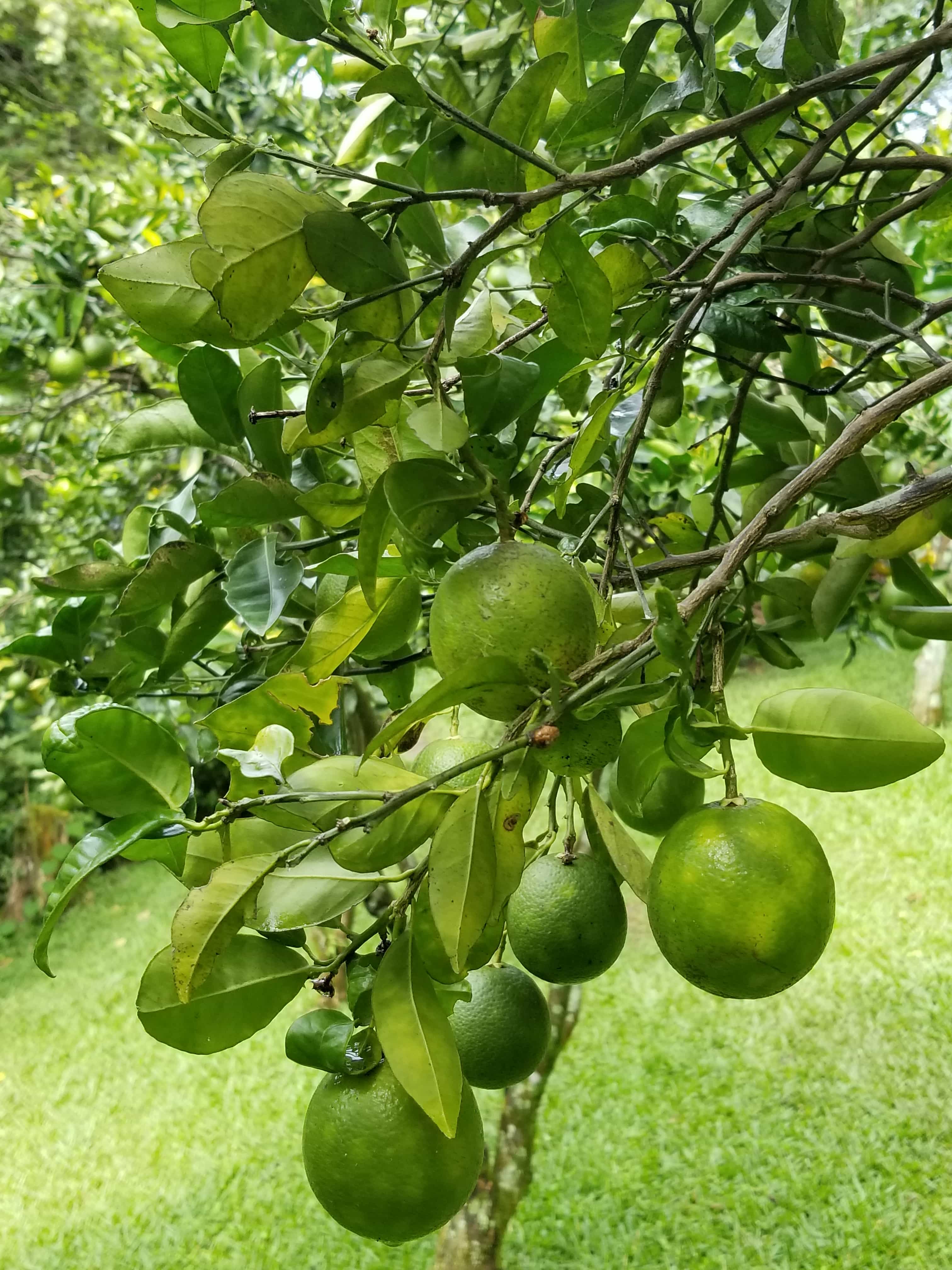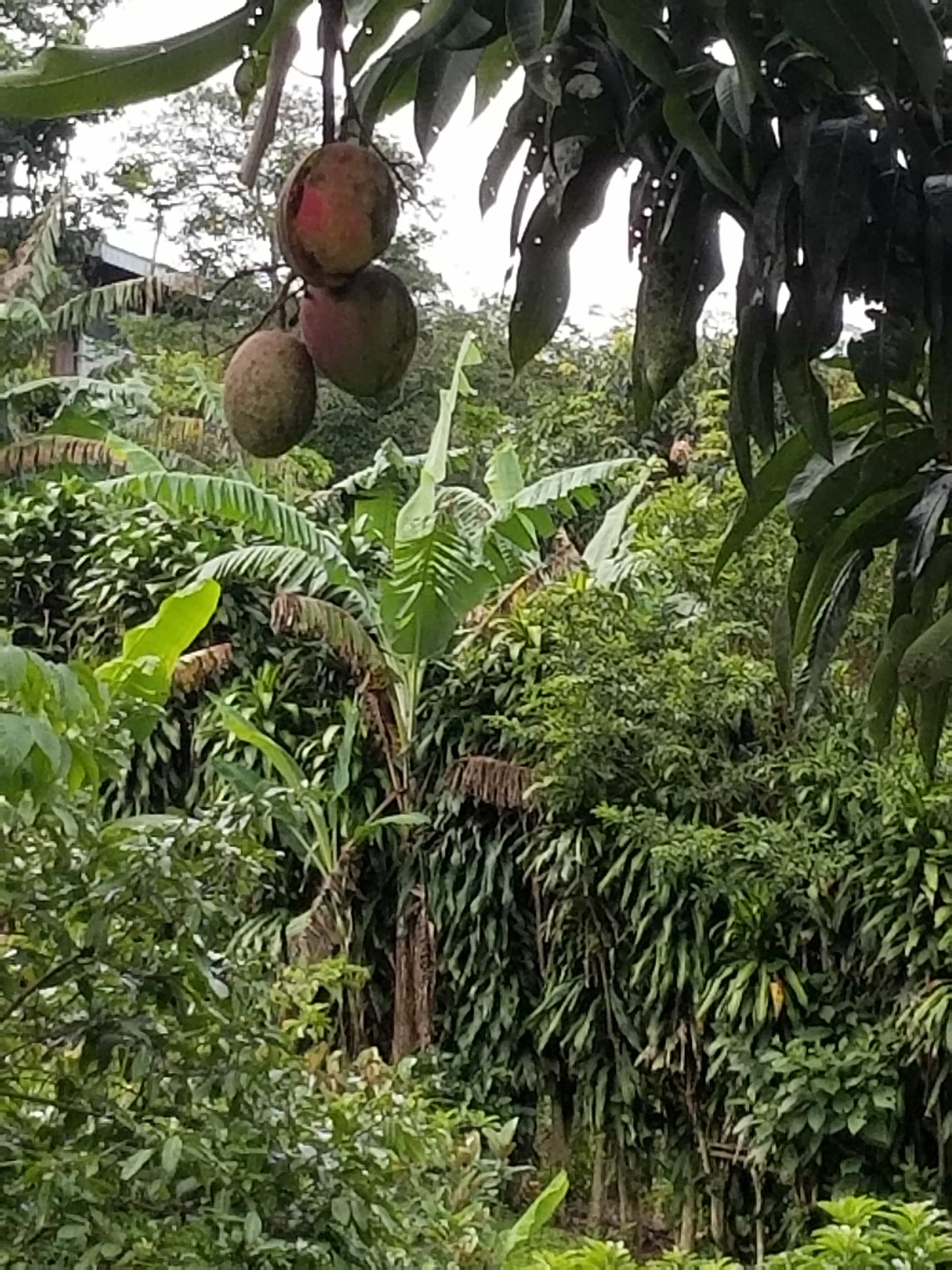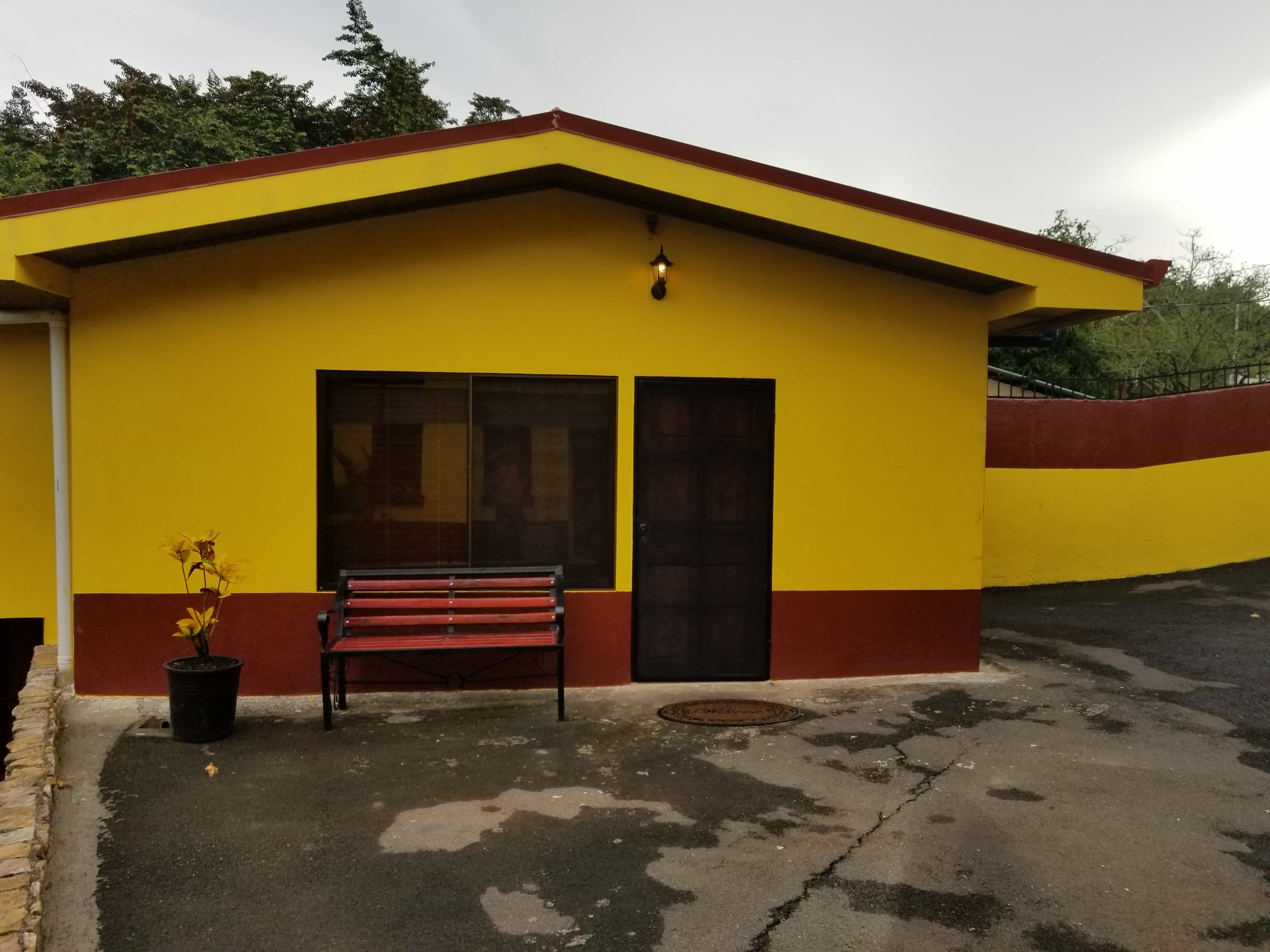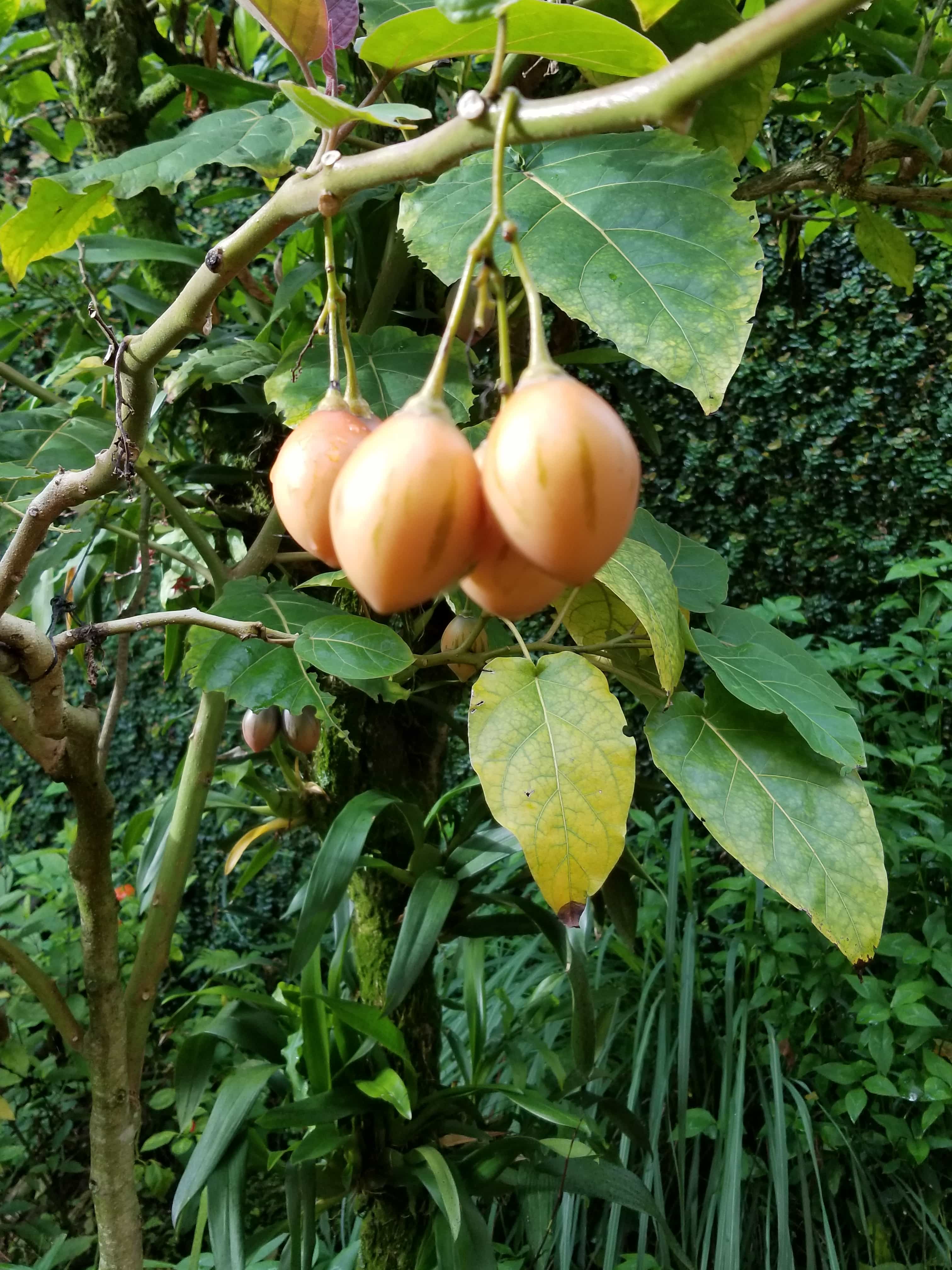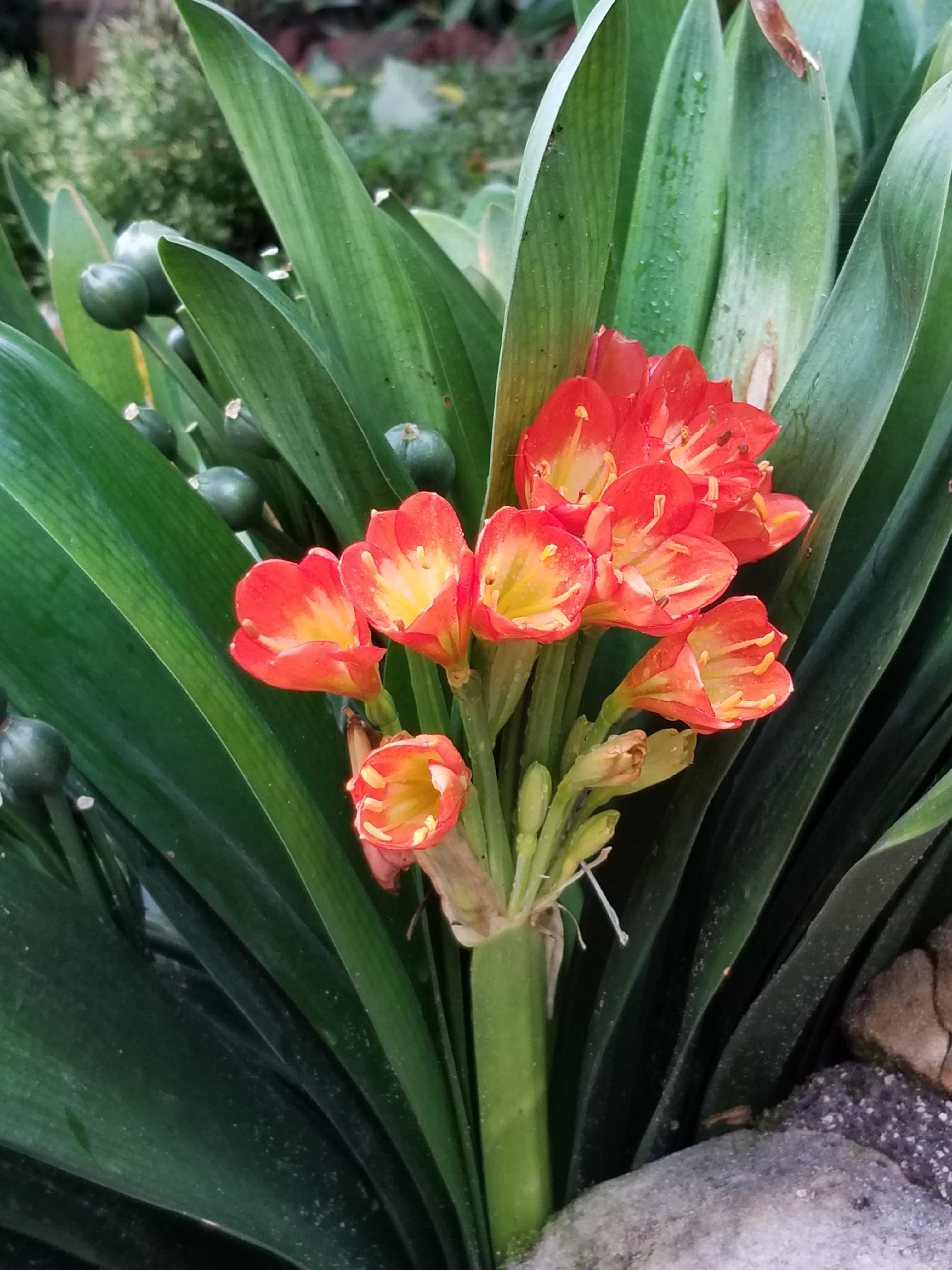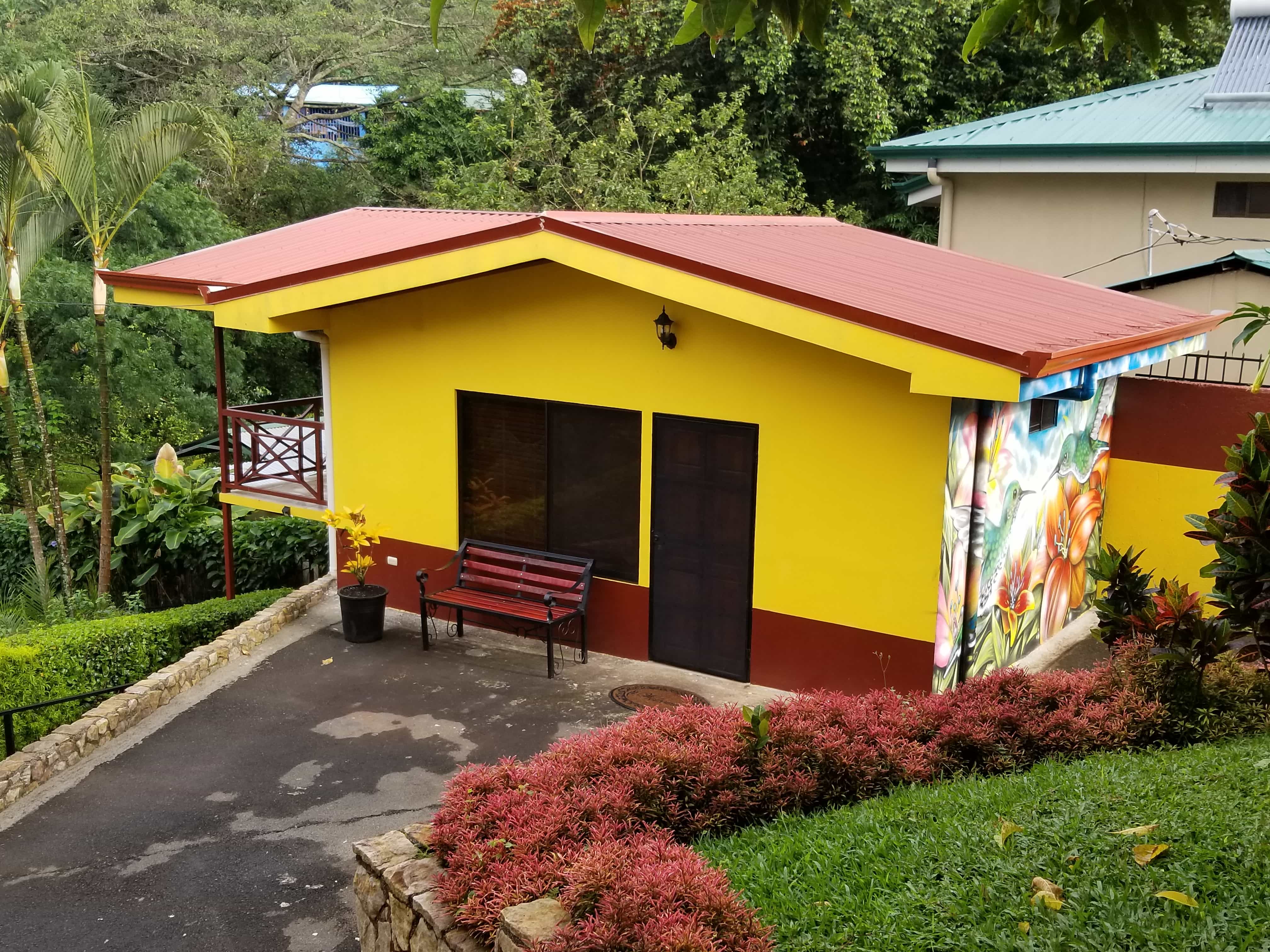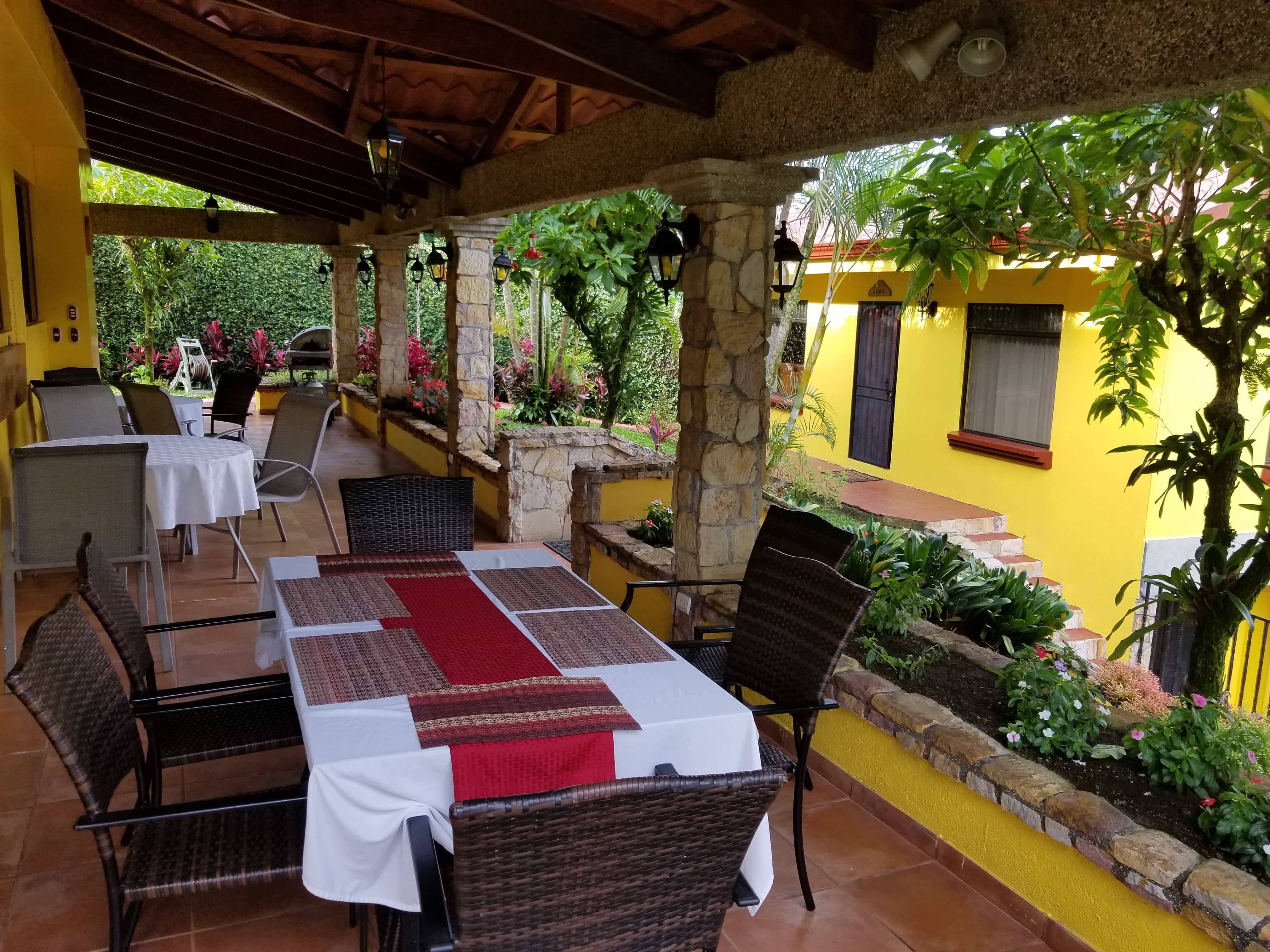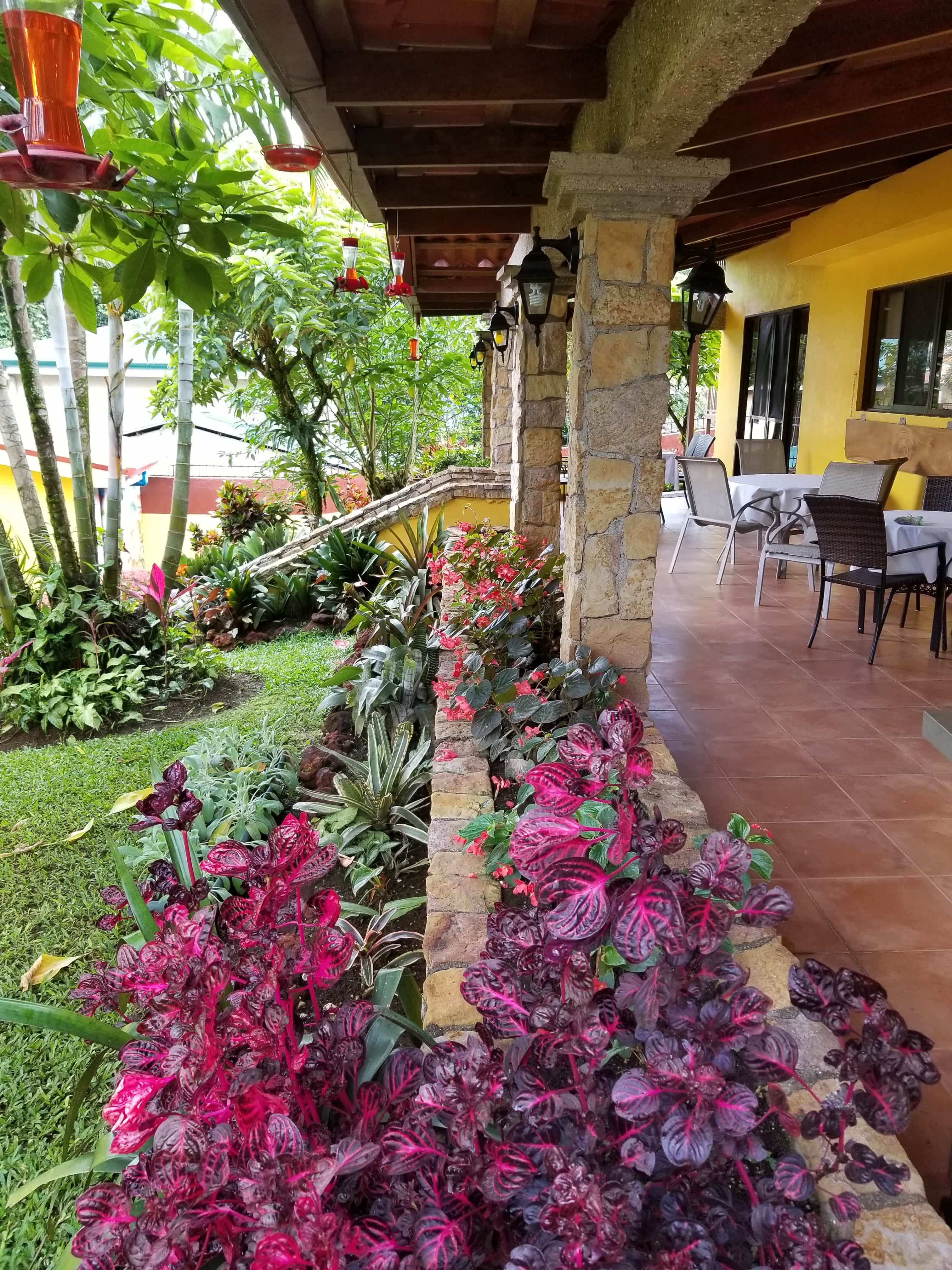Afro Caribian Limon Costa Rica
The history of Costa Rica cannot be told without recognizing the critical sociocultural contribution of the Afro-Caribbean community. African heritage in Costa Rica dates back to the colonial period when Spanish conquistadors brought a few slaves to the country in light of the difficulties they faced in enslaving the indigenous. The first significant arrival of Afro-Caribbeans, however, would take place in 1872 after a ship with nearly a thousand Jamaicans aboard arrived from Kingston.
Some of Costa Rica’s most common cultural symbols are based on the Afro-Caribbean experience. Case in point:
- Gallo pinto comes from the timeless Caribbean “rice and beans” recipe.
- The marimba (bamboo and wooden xylophone) is an Afro-Caribbean musical instrument.
- Bananas and sugar cane, two significant crops native to Asia, were brought here by the Jamaicans because their ancestors had mastered cultivation in the African continent.
- The palm oil extraction process is of African origin.
Each year, Costa Rica’s Caribbean port town Limón throws a party on Aug. 31 to celebrate its vibrant Afro-Caribbean culture. The main event is a parade, which fills the streets with floats, colorful dresses, and dancing.
